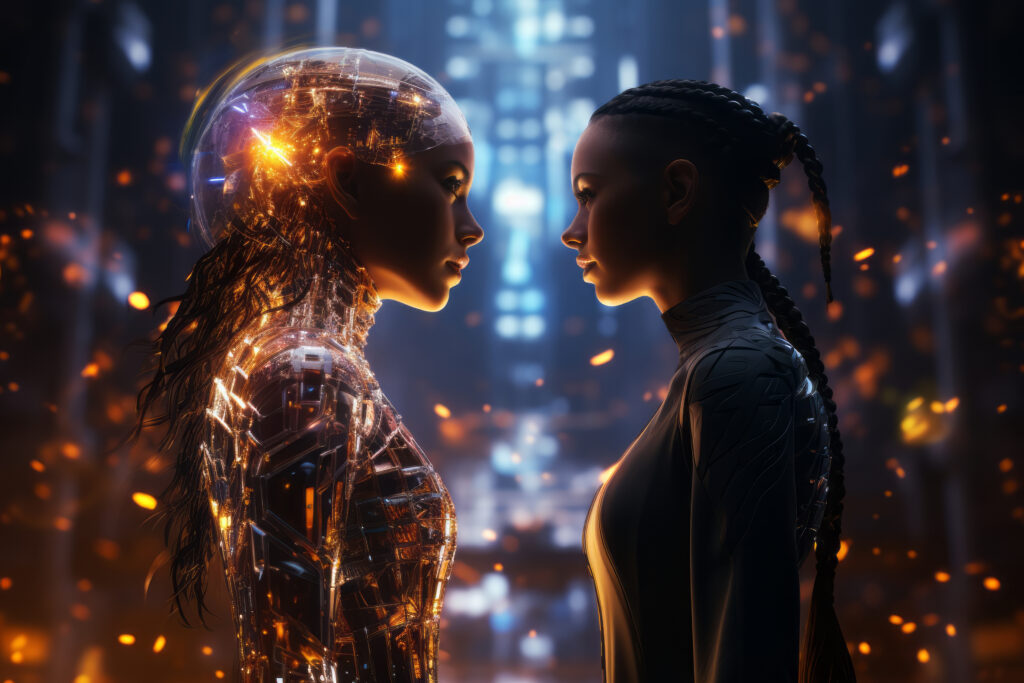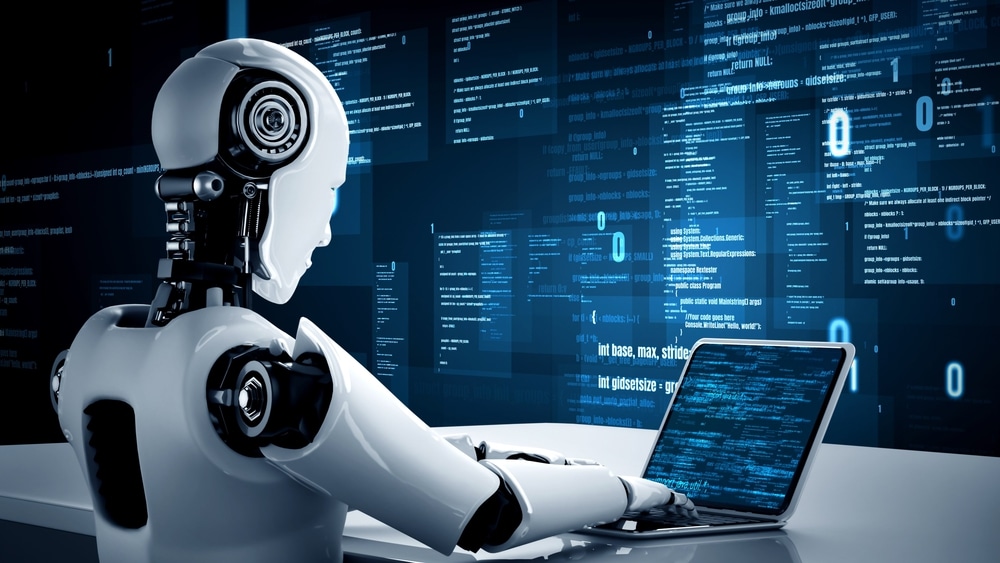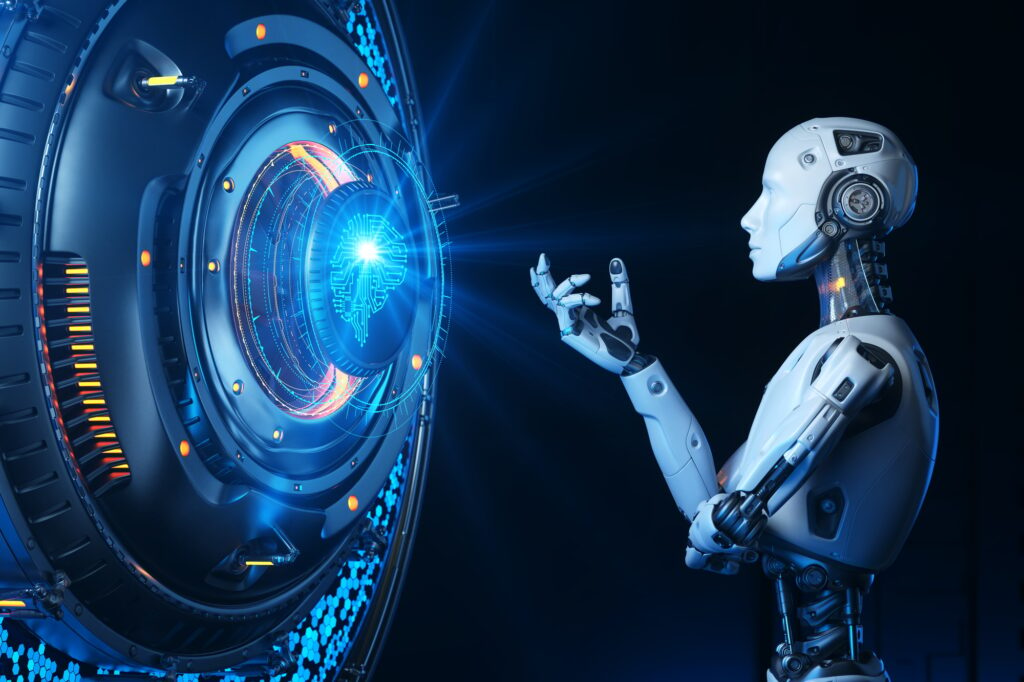Most transformative decade begins as Kurzweil’s AI vision unfolds
Ray Kurzweil predicted AI would change everything. The 2020s may prove him right.

AI no longer belongs to speculative fiction or distant possibility. In many ways, it has arrived. From machine translation and real-time voice synthesis to medical diagnostics and language generation, today’s systems perform tasks once reserved for human cognition. For those watching closely, this shift feels less like a surprise and more like a milestone reached.
Ray Kurzweil, one of the most prominent futurists of the past half-century, predicted much of what is now unfolding. In 1999, his book The Age of Spiritual Machines laid a roadmap for how computers would grow exponentially in power and eventually match and surpass human capabilities. Over two decades later, many of his projections for the 2020s have materialised with unsettling accuracy.
The futurist who measured the future
Kurzweil’s work stands out not only for its ambition but for its precision. Rather than offering vague speculation, he produced a set of quantifiable predictions, 147 in total, with a claimed accuracy rate of over 85 percent. These ranged from the growth of mobile computing and cloud-based storage to real-time language translation and the emergence of AI companions.
Since 2012, he has worked at Google as Director of Engineering, contributing to developing natural language understanding systems. He believes is that exponential growth in computing power, driven by Moore’s Law and its successors, will eventually transform our tools and biology.
Reprogramming the body with code
One of Kurzweil’s most controversial but recurring ideas is that human ageing is, at its core, a software problem. He believes that by the early 2030s, advancements in biotechnology and nanomedicine could allow us to repair or even reverse cellular damage.
The logic is straightforward: if ageing results from accumulated biological errors, then precise intervention at the molecular level might prevent those errors or correct them in real time.

Some of these ideas are already being tested, though results remain preliminary. For now, claims about extending life remain speculative, but the research trend is real.
Kurzweil’s perspective places biology and computation on a converging path. His view is not that we will become machines, but that we may learn to edit ourselves with the same logic we use to program them.
The brain, extended
Another key milestone in Kurzweil’s roadmap is merging biological and digital intelligence. He envisions a future where nanorobots circulate through the bloodstream and connect our neurons directly to cloud-based systems. In this vision, the brain becomes a hybrid processor, part organic, part synthetic.
By the mid-2030s, he predicts we may no longer rely solely on internal memory or individual thought. Instead, we may access external information, knowledge, and computation in real time. Some current projects, such as brain–computer interfaces and neuroprosthetics, point in this direction, but remain in early stages of development.
Kurzweil frames this not as a loss of humanity but as an expansion of its potential.
The singularity hypothesis
At the centre of Kurzweil’s long-term vision lies the idea of a technological singularity. By 2045, he believes AI will surpass the combined intelligence of all humans, leading to a phase shift in human evolution. However, this moment, often misunderstood, is not a single event but a threshold after which change accelerates beyond human comprehension.

The singularity, in Kurzweil’s view, does not erase humanity. Instead, it integrates us into a system where biology no longer limits intelligence. The implications are vast, from ethics and identity to access and inequality. Who participates in this future, and who is left out, remains an open question.
Between vision and verification
Critics often label Kurzweil’s forecasts as too optimistic or detached from scientific constraints. Some argue that while trends may be exponential, progress in medicine, cognition, and consciousness cannot be compressed into neat timelines. Others worry about the philosophical consequences of merging with machines.
Still, it is difficult to ignore the number of predictions that have already come true. Kurzweil’s strength lies not in certainty, but in pattern recognition. His work forces a reckoning with what might happen if the current pace of change continues unchecked.
Whether or not we reach the singularity by 2045, the present moment already feels like the future he described.
Would you like to learn more about AI, tech and digital diplomacy? If so, ask our Diplo chatbot!


